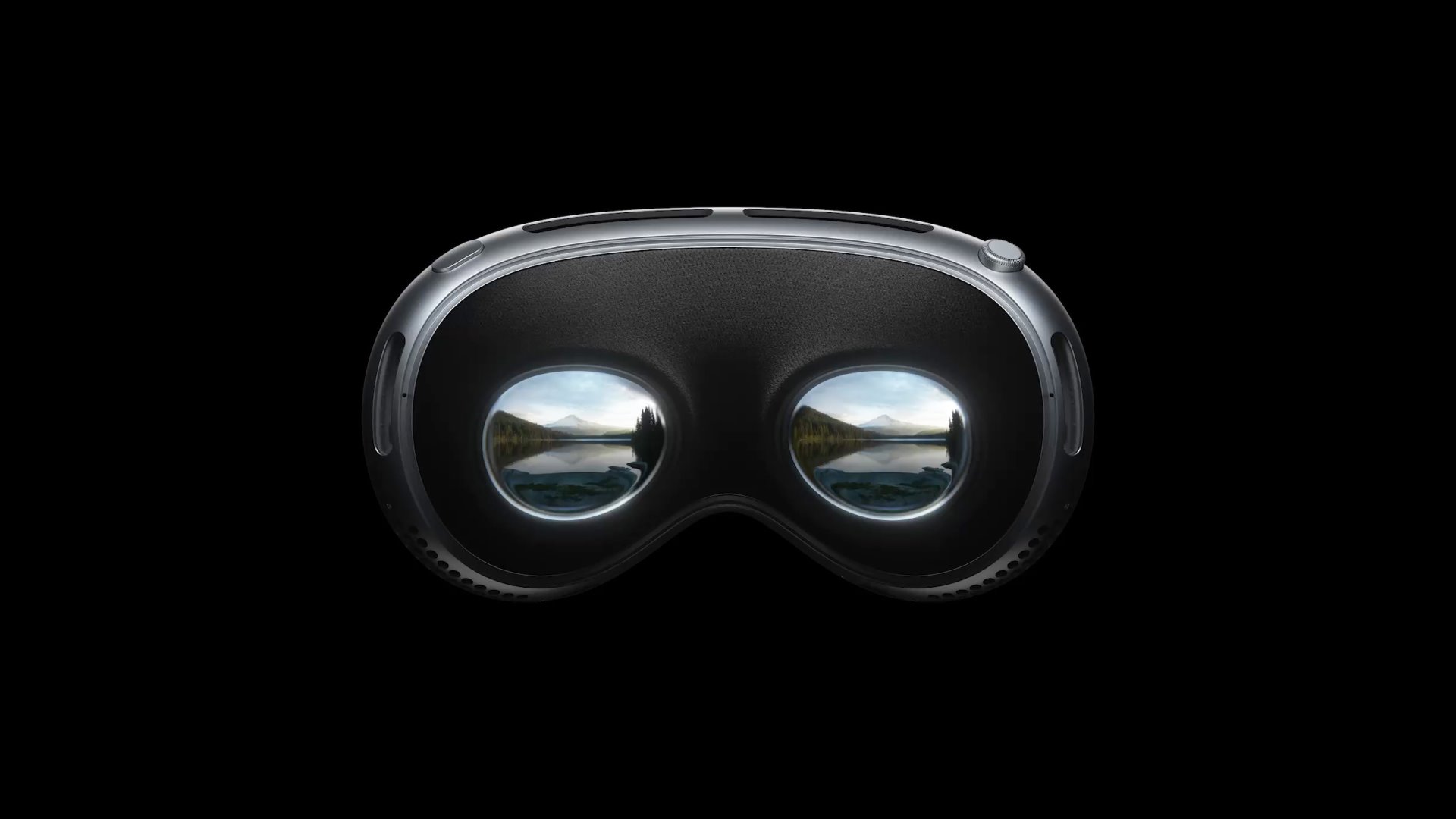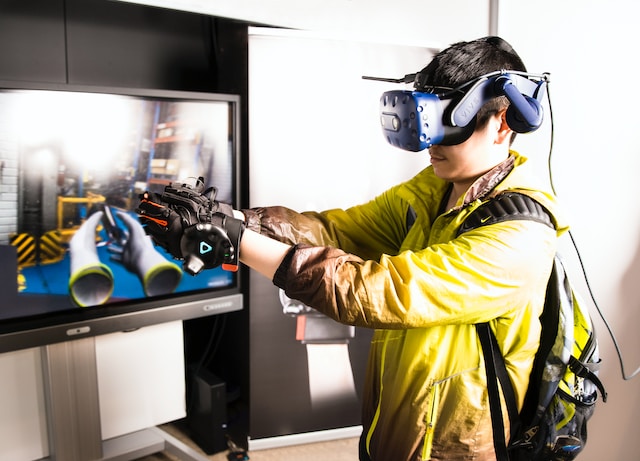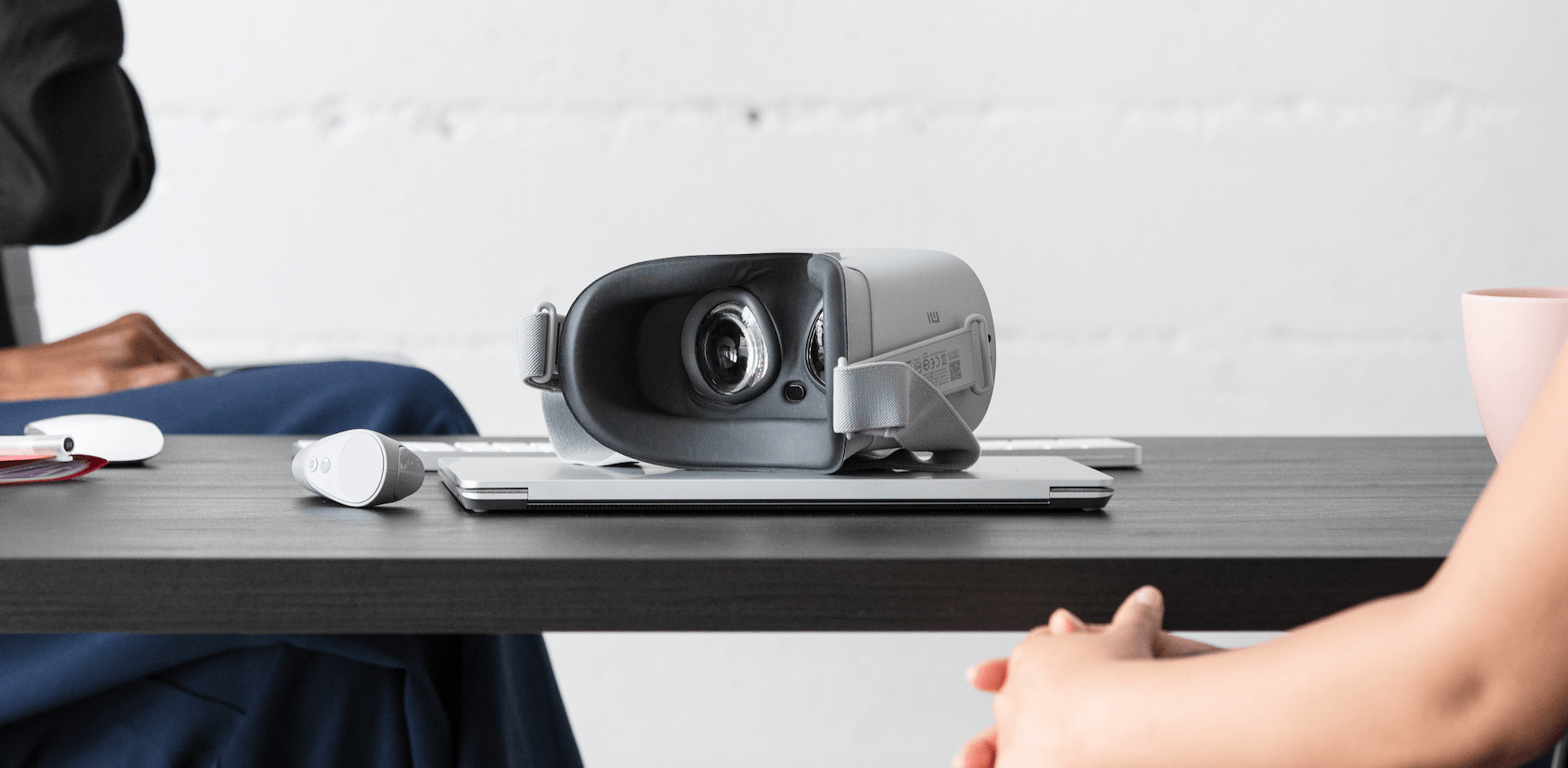As practically every company adopts new digital ways of doing all kinds of things, workers from pre-digital generations sometimes struggle to adapt. The cynical point of view is that Baby Boomers and older Gen X workers will get phased out of the workforce, thereby solving this problem. But that’s not what’s happening. Over the first two decades of this millennium, the share of workers over the age of 60 doubled, according to NIH.
Older generations are staying in the workforce longer than they used to, and there are more of them. The median age of the US population in general is rising, and it’s also more common (and sometimes financially necessary) for people to work longer and retire later. The growing population of older workers brings a wealth of experience, knowledge, and, yes, wisdom to industry. But even as they gain experience in their careers and roles, those roles constantly change, thanks to the advent of rapidly evolving technology.
There are often misconceptions that Baby Boomers don’t like technology and resist change. But when offered the right kinds of training, that’s simply not true. The truth is, training older workers for technology-based employment — whether it’s a frontline job in a store or the next step in a knowledge worker’s career — is entirely realistic when the right training strategy is used.
Across several published academic research papers, researchers have found that a slower pace of training, feedback given directly during training, and active participation in training are all critical to training older workers. VR training enables all of these things.
The benefits of VR in training older workers
VR training, and particularly a subset of this methodology called Immersive Learning, is an innovative approach to training the workforce that combines immersive virtual experiences in highly realistic professional settings with advanced learning theory, data science, and spatial design.
Within a headset, VR inspires seamless and effective adoption of new skills. This is true for learners of any age, and at any point in their career trajectory, but for older workers in general, VR offers some specific advantages over old-school training methods like classes, on-the-job training, and 1:1 mentorship.
- VR is a kinesthetic and multi-sensory learning experience. Learning by doing helps the learner understand the relevance of the skills they’re practicing in the headset to the job they’ll be expected to perform in a real environment.
- VR modules can be repeated on demand — when it’s convenient, and multiple times until the learner feels comfortable with a new skill and confident about trying it in the real world. Learners can take breaks between sessions and learn at their own pace.
- VR training is measurable, so L&D organizations can assess weaknesses in learning and dial in on an individual learner’s performance.
Even when self-paced, VR employee training typically works faster than traditional training because, within this construct, people learn and retain more information in a shorter period of time.
Interactivity: The key to training older workers for technology-based employment
To enable older employees to thrive in this digital age, training methods must engage the learner. Interactive training methods force the learner to use not just their brain but their bodies, hands, and eyes. This sort of “embodied” learning quickly builds stronger neural pathways in the brain, cementing the information so that it becomes instinctual.
Within a VR headset, the learner is surrounded by the environment and experiences what it would be like to move around in that space, interact with other people (often avatars), grab objects, push buttons, and more.
When Walmart created an Immersive Learning module to train frontline workers on how to use a particular new checkout technology, the Pickup Tower, the company was able to shorten its training time by 96%.
For older knowledge workers in management positions, VR training can be equally effective at imparting critical leadership skills such as communication, diversity and inclusion, and how to diffuse difficult conversations with or between team members.
Technology skills training for older workers with VR
VR training can be an excellent, natural choice for older workers. But another fascinating potential of VR in learning and development is using it for institutional knowledge transfer. Rather than using VR to train older workers in new tricks, VR could hand down the knowledge and know-how of older workers to this and subsequent generations.
There will no doubt be countless new uses for VR in the workplace as the decade advances, but for now, it’s a highly useful tool for creating realistic practice in necessary skills within a safe, mistake-friendly environment. Older workers aren’t going anywhere and are, in fact, valuable to the workforce. Finding more successful ways to improve their skill sets will benefit any company.
To learn more about how your enterprise organization could better train older workers for technology-based employment — and why — read VR training benefits your organization can take advantage of.





